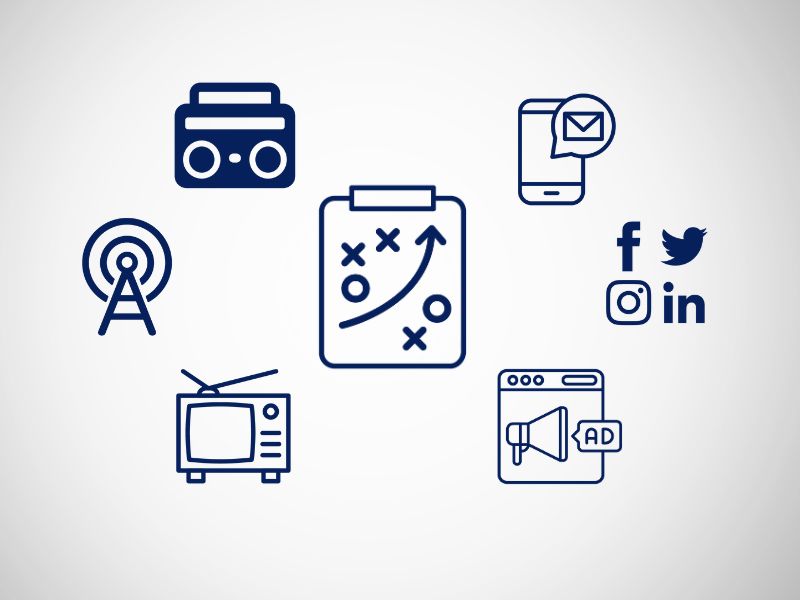
Best Practices for Banner Ads

Every year there seems to be new and innovative media trends that can be utilized to carry out your clients advertising initiatives. The one asset that has stood the test of time almost since Al Gore created the internet is banner ads. These are embedded advertisements that are displayed within another’s website.
Banner ads can be a single static image, a simple .gif with minimalistic animation, or a more complex animation with several click-thru tags using the HTML5 platform. One of the primary benefits of digital banner ads is the data they generate. They give you the ability to measure performance by tracking engagement and conversion. Which allows you to optimize your ads for better results.
How to Make Your Banner Ads More Effective
1. Display your logo.
I know this seems obvious, but it is important that it is easily recognizable. Sizes of the ad can vary, and the rule of thumb is to make sure it covers 10-15% of the ad. If you are developing an animation you should make sure it is on every frame. The reason being is that the average consumer has “banner blindness”. It is reported that 86% of consumers looking through websites don’t even see these banners anymore. So if by the off chance they look over, even for a brief moment, they will at least see your logo. This might not translate into clicks, but say you are a restaurant that the consumer visits. Could trigger an action.
2. Make your call-to-action (CTA) look like a button.
People understand basic web elements. If your CTA looks like a button then they will know to click it. Seems easy enough, right?
3. Convey value in your CTA.
“Click here” doesn’t carry much weight unless the consumer sees value in what you are trying to promote. The best way to get a better click thru rate (CTR) is to give a consumer a reason to click your ad. Buttons that say “free,” “coupon,” “save now,” “20% off,” or a personal message can help drive action.
4. Show product.
This can vary based on who your client is. Though the idea is to show faces, products, or at the very least minimal brand elements. Keep this simple. Should not be a catalog, but single images.
5. Create a sense of urgency.
The best way to create action is to advertise urgency. This is good practice especially if your objective is to drive CTR. Time sensitive copy like “limited time,” “ends tomorrow,” etc. can give the consumer an additional push to act.
6. A catchy headline.
Think billboard. Whether you’re driving down a highway or glancing through an article on your favorite website, the message should be quick and easy to read. The “7 words” theory should come to mind here.
7. Add motion.
So you’ve created your basic banner ad. Now, it's time to take it up a notch with animated banner ads. This is where you can add motion and manipulate your elements to really grab the consumer’s attention. Animation has been shown to capture more interest, which can lead to higher engagement and conversion rates.
That said, animated banner ads should still follow the same best practices as static ones. Always ensure that your logo appears somewhere on every frame. Buttons can fade in or enlarge on hover, but they must at least appear in the final frame. No matter how the animation plays out, it should always conclude with a frame that communicates the same key message you'd use in a static ad.
Banner ads, including animated ones, are here to stay, so it's crucial to understand these best practices to maximize engagement with your brand. Making a strong impression can lead to thousands more impressions.
For expert guidance and tailored advertising solutions, reach out to us. We are a retail agency specializing in retail, restaurant, healthcare and franchise marketing and advertising. Our team can help you create impactful advertisements that drive engagement and elevate your brand's presence.




.jpg)